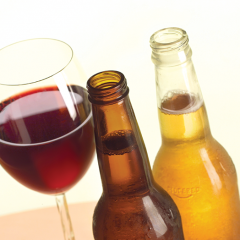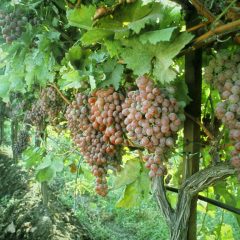The California chapter of the consumer-interest group U.S. PIRG recently tested 20 popular brands of beer and wine for glyphosate residues, and the report of their findings is attracting some attention. Ninety-five percent, or 19 out of 20, of the products sampled had measurable glyphosate, with concentrations ranging from trace amounts to 51 parts per […]
Read More, References, Comment »
A wide body of research, involving work with dozens of organisms spread all over the tree of life, has shown that restricting caloric intake tends to promote longevity. But it can also reduce energy levels and impair reproductive performance. Scientists have shown that the plant secondary metabolite and antioxidant resveratrol mimics the impacts of caloric […]
Read More, References, Comment »
Anthocyanins are naturally occurring polyphenols that cause the red to blue colors in fruit and vegetables. They are found in grape skins and red wines and have recently been shown to have potential antioxidant and other health benefits. Some studies have shown a difference in polyphenol concentrations of crops grown using organic or conventional practices; […]
Read More, References, Comment »
One of the challenges facing wine growers is that grapes have high polyphenol oxidase (PPO) activity. This natural enzyme contributes to the rate of browning in the fruit after it is picked. Browning causes a change in color and flavor of the juice, and diminishes the quality of the final product. Thus, scientists have worked […]
Read More, References, Comment »
Recent evidence has suggested that moderate consumption of red wine results in a decreased risk of cardiovascular disease. This is attributed to the antioxidant effect of the polyphenolic compounds in red wines. The major antioxidant in red wines – resveratrol – is a stilbene shown to have anticancer effects. However, wines have also been shown […]
Read More, References, Comment »





